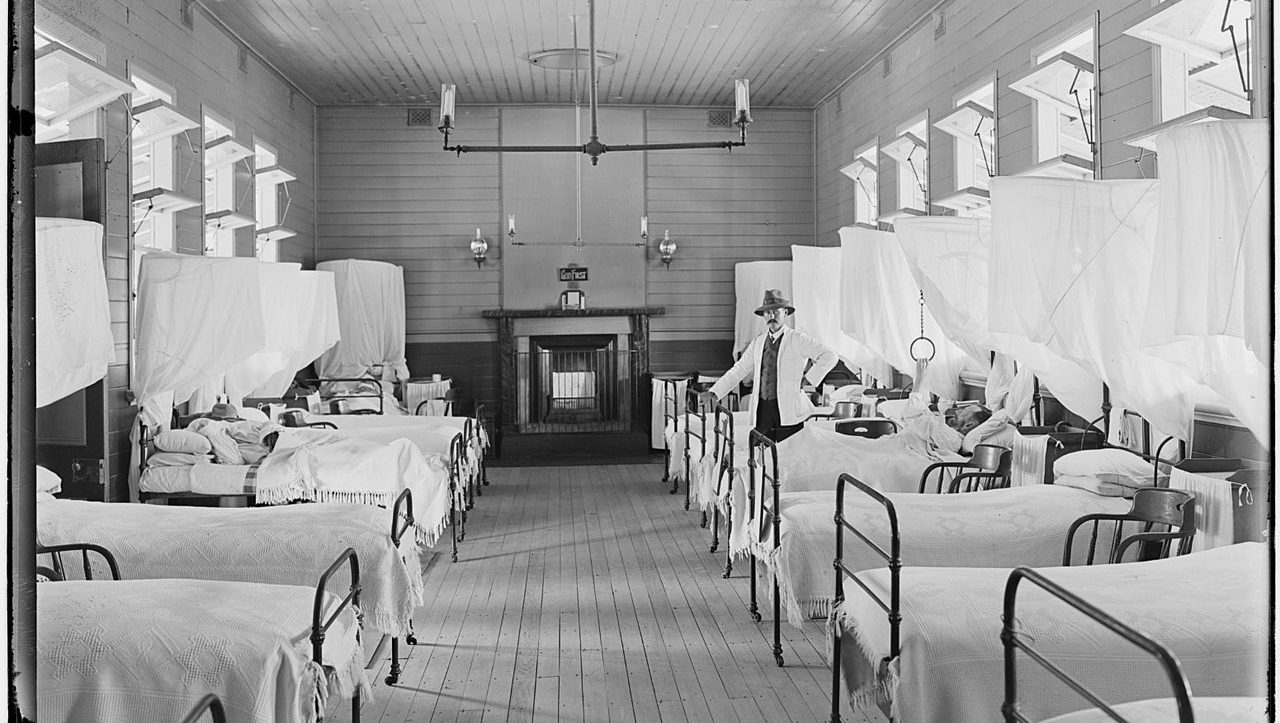No Country for Old Men

Every advanced society struggles with the problem of how to provide the best and most advanced healthcare to the greatest number of people without bankrupting the economy. It’s a legitimate problem but it’s one that is being handled abysmally by most of the developed world.
Previously in this series: Death of the Famous Airman
Consider two issues: (1) screening tests designed to identify illnesses before it’s too late, and (2) how research dollars are allocated to different diseases.
In the U.S. the first issue has been handed to a group almost no Americans have heard of, namely, the United States Preventive Services Task Force (the Task Force or USPSTF). The Task Force makes recommendations about which preventive services should be used and which shouldn’t and also the frequency with which the services should be used. Those recommendations have virtually the force of law – woe be it to an individual physician to ignore them.
Supposedly, the USPSTF’s recommendations don’t consider the cost implications of its screening recommendations, but this is a canard. In the first place the Task Force specifically has congressional authorization to consider costs, and in the second place it would be utterly irresponsible for the Task Force to ignore costs. Finally, whenever the Task Force recommends less frequent screenings it’s always to avoid unnecessary and costly follow up (in the Task Force’s opinion).
In the cases of mammography, Pap smears and PSA tests, the Task Force has regularly recommended fewer and more widely spaced tests or no tests at all, always noting that regular screening can lead to “unnecessary follow-up tests and procedures,” “unnecessary treatment” and/or “overdiagnosis.” In other words, too much money is being spent.
Literally as this essay was being drafted the USPSTF changed its mammography recommendations – which had been in place since 2009 – to recommend regular screening at age 40 rather than age 50. How many women died unnecessarily during those 15 years?
In the case of PSA tests the Task Force has recommended that the test not be routinely given to anyone, and never to men over age 70. Since most prostate cancers are “indolent,” that is, slow-growing, the idea is that most older men will die of something else before the prostate cancer can kill them.
There is so much wrong with this idea that it’s hard to know where to start, but let’s begin with the notion that older men will die of something else. That may well be the case, but it is also the case that many of those men will live out their last few years in agony because of uncaught cancer, even though they ultimately die of, say, a heart attack.
Moreover, roughly 20% of prostate cancers are very aggressive and will result in death quickly if not caught early. The USPSTF’s PSA recommendations essentially condemn 20% of older prostate cancer sufferers to an early grave.
In addition to screening. if we really want to offer the best and most advanced health care to the greatest number of people, we need to allocate scarce research dollars equitably. Although breast cancer is a terrible scourge, for example, it’s difficult to understand why it receives five times as many research dollars as lung cancer or colon cancer, which kill many more women.
Or consider heart disease, which kills more women than all cancers combined. Breast cancer receives almost $20,000 of research funding per death at NIH while cardiovascular disease receives barely $2,500 per death.
Looking at it through a gender lens only makes things worse. In most advanced economies more men die of prostate cancer than women who die of breast cancer – and the same will be true in the US in a few years. One in 12 women will get breast cancer during their lifetimes, but one in three men will get prostate cancer – though much of it won’t be diagnosed because of withheld PSA tests.
Why are research dollars so poorly allocated? There are lots of reasons. One is that so many women survive breast cancer that there is a huge advocacy group speaking for the disease. To take an extreme counter-example, pancreatic cancer is a far worse disease and kills more people than breast cancer, but it has few advocates because – hello – its victims are all dead.
It seems likely to be the case that some cancers, such as lung cancer (which kills three times as many people as breast cancer), don’t receive appropriate funding because people see them as self-inflicted cancers – you smoked and that’s why you have lung cancer. In fact, worldwide, more than half of women with lung cancer are non-smokers.
It’s also possible that lung cancer is viewed as a “man’s disease,” which it certainly was in the past. However, today American women between the ages 35 and 54 are diagnosed with lung cancer at higher rates than American men of the same age.
These aren’t merely hypothetical issues. In 2018 I had a PSA result that was unremarkable, but after that my doctors quietly stopped prescribing PSA tests. I had no idea this was going on and simply assumed that I was being given whatever tests I needed.
Over the following six years cancer established itself, grew and spread but wasn’t found because, of course, I wasn’t being screened. I finally became symptomatic in the fall of 2023 and in February of this year I learned that I had cancer.
This needn’t have happened. PSA tests are cheap – roughly $100 – and even if I had been screened only every other year – or even every three years – the cancer would have been detected much earlier. But, hey, medical science saved $100 a year!
Between refused screening and inequitable research funding for the diseases that kill the most US males, America is certainly no country for old men. But with miserly recommendations for mammograms and Pap smears and underfunded research on the diseases that kill the most US females, America isn’t much of a country for old women, either.
Next up: Housekeeper Matters
















